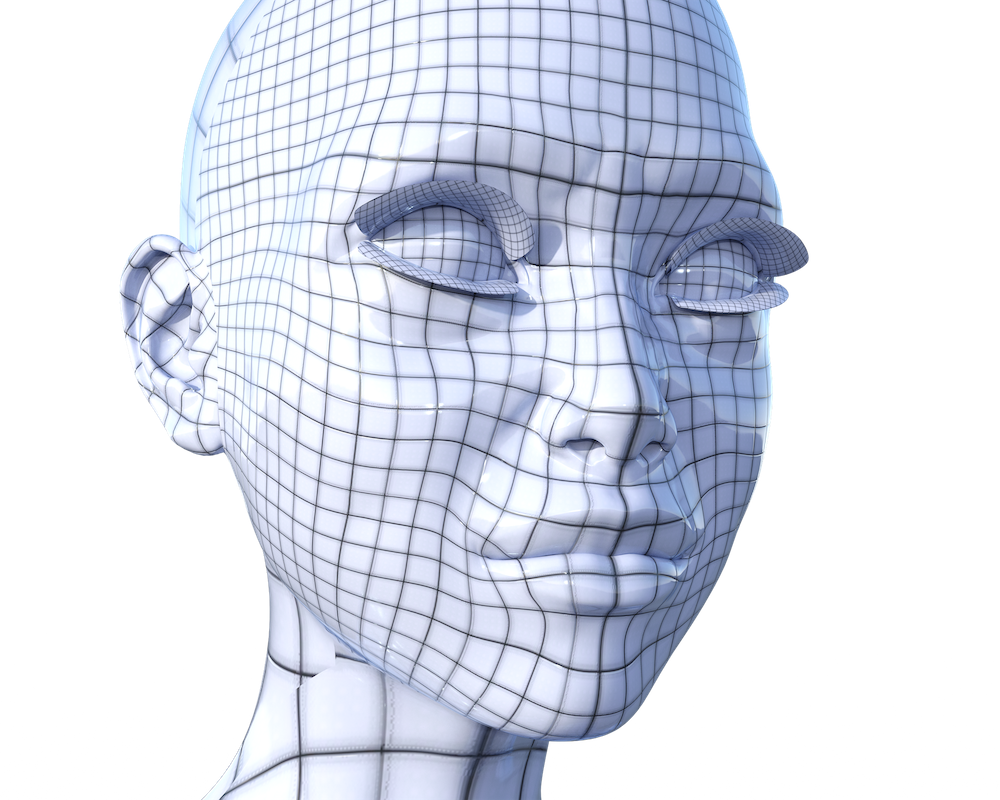 The world’s real estate crisis has many causes, but there is a stubbornly relentless one that we must have had the ability to fix by now: productivity.
The world’s real estate crisis has many causes, but there is a stubbornly relentless one that we must have had the ability to fix by now: productivity.
We live in an age where innovation plays a main function in every element of our lives; even in the work that we do. This has resulted in numerous patterns within the office such as IoT and BYOD. But, regardless of the development in innovation and the simplification of jobs, there still appears to be an issue with efficiency. This isn’t really just a second or third world issue. The space between innovation and efficiency prevails even amongst the world’s biggest economies, especially in the construction industry of slab crane hire in South Australia.
There is no doubt that the change that innovation offers the business arena is remarkable. This is accepted by all. Nevertheless, there are no dividends on the efficiency end of the spectrum in spite of such an improvement. When provided with the concern of how the advancement in company workflows affected users, specialists from different sectors reacted with basically the exact same experience.
For example, in the health sector, digitizing client records was viewed as a “discouraging” requirement. Physicians grumbled that they invested more of their time connecting with a digital user interface than a client. There were also grievances about how innovation was in fact taking some time from clients, which is the reverse of exactly what health professionals want. Comparable feedback originated from other fields such as education, where teachers felt strained with finding out ways to use a variety of technological tools to perform online education. A lot of them really see innovation as a barrier.
The essential obstacle here is to recognize locations where manual participation from the user happens. Users wish to prevent playing an active function in enhancing digital change. This is particularly real for users who are technically challenged and tradies that just want to provide hot water service repairs and fix blocked plumbing and drains. These people want innovation to look after itself and make their life much easier. Ideally, the introduction of IoTs will alter this. IoT lowers intricacy by linking users and their gadgets. The information created allows designers to understand more about the user and how they communicate with innovation. This causes a much better understanding of how interactive workflows can be established to lower user interaction.
 As rates of parts and products for basically each physical item – vehicles, mobile phones and clothes to name a few – have dropped in the process of a crane hire and drake low loader leasing and ordering shipments of concrete, it still costs excessively to construct a building. Over the past 60 years, performance in production has increased eightfold while staying essentially flat in building and construction, stated Jan Mischke, a senior fellow at McKinsey Global Institute who specialises in facilities and real estate.
As rates of parts and products for basically each physical item – vehicles, mobile phones and clothes to name a few – have dropped in the process of a crane hire and drake low loader leasing and ordering shipments of concrete, it still costs excessively to construct a building. Over the past 60 years, performance in production has increased eightfold while staying essentially flat in building and construction, stated Jan Mischke, a senior fellow at McKinsey Global Institute who specialises in facilities and real estate.
Gizmos like iPhones, each the very same, take advantage of economies of scale, but that’s more difficult to attain with structures, which should fit the websites they are built on. As usual, technologists believe they have an option. They are restoring remarkably old concepts in building and construction, consisting of prefabrication and modular structure. But do not think “trailer park”. This time, they’re using all the logistics and IT knowledge acquired from developing the worldwide supply chains that provide mobile phones, and all the automation originated by the automobile and other production markets. Yes, robotics might be changing more employees, but a minimum of this ought to develop more budget friendly real estate.
Katerra, a building start-up, has raised $US221 million at an appraisal north of $US1 billion, and it forecasts approximately $US500m in profits this year. It is, in some ways, the standard-bearer of this brand-new, tech-focused wave of interest in structure. The business has a 18,580 sq m factory in Phoenix where it makes entire walls, consisting of all the windows, insulation, electrical circuitry and general plumbing or gas installations. Katerra uses an incorporated, computer-aided design-and-manufacturing system that talks the factory’s automated saws and routers the best ways to produce all the buildings’ parts. The exact same system links to job-site cranes that raise and position the completed panels.
Katerra ships the walls to building and construction sites, where they’re snapped together like Lego bricks. The business’s objective is to construct 7 more factories within 2 years, each planned to serve a various geographical location. Katerra’s chairman and creator, Michael Marks, who was formerly president of customer electronic devices producing huge Flextronics, claimed that that will cover the entire United States. Katerra is accountable for its structures from style to last building, which is said to enable cutting more expenses. In customer electronic devices, “style for manufacturability” – the reconfiguring of a gadget’s shape and function to make it more affordable to develop – is basic. Another thing Katerra obtains from that market: purchasing products wholesale.
The highest modular high-rise ever developed was finished in the Prospect Heights area of Brooklyn in November 2016 by Forest City Ratner. At the job’s busiest, up to 200 individuals were building and ending up specific “mods” – 3 for each one-bedroom house, states Bob Sanna, executive vice-president of building and construction.



